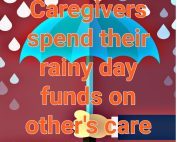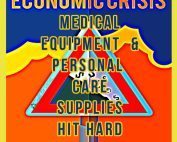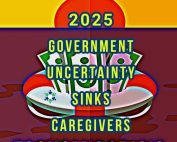Social isolation and loneliness health risk
is equal to smoking 15 cigarettes each day
Almost half of all women over the age of 75 live alone.
Loneliness causes physical and mental decline.
Social isolation and loneliness health risk
is equal to smoking 15 cigarettes each day
Almost half of all women over the age of 75 live alone. Loneliness causes physical and mental decline.
Stay engaged everyday to combat loneliness and isolation.

It’s important to remember that feeling lonely is a normal human experience, it’s something that many people go through. It’s also important to understand that loneliness is not a permanent state, it can change, and it’s possible to overcome it. With time and effort, you can build a support system of friends and loved ones who will be there for you.
Researchers followed the same older adults for years. to uncover the impact of social isolation. They discovered the percentage of seniors reporting being lonely increased over time. The same people reporting as lonely had declining abilities to perform Activities of Daily Living and increase in depression symptoms. One major contribution is this senior adult loneliness is the death of or distance from family and friends.
500k+
older women today are severely lonely
4
risk factors: genetics, death, conflict, abuse
41.7%
magnitude of depression among the elderly

Step 1: Seek Help and Annual Physical
The first step involves conducting a thorough assessment of the individual’s social, emotional, and cognitive well-being. Identify any existing support systems, evaluate the extent of social engagement, and assess mental health. This assessment serves as a foundation to tailor interventions to the specific needs of the elderly individual.
Step 2: Put Yourself Out There
Encourage the elderly individual to build and strengthen social connections. This may involve reconnecting with old friends, joining community groups, or participating in local senior centers. Facilitate the establishment of support networks that can provide companionship, understanding, and a sense of belonging.


Step 3: Hang Out with Young People
Promote intergenerational activities to bridge the gap between different age groups. Collaborate with local schools, community centers, or organizations to create programs that facilitate interactions between seniors and younger individuals. This can include mentorship programs, joint events, or educational initiatives that benefit both generations.

Step 4: Explore and Embrace Tech
Introduce and educate seniors on technology to facilitate virtual connections. Social media platforms, video calls, and online communities can provide avenues for communication with family members, friends, and support groups. Address any apprehensions or barriers to technology use and provide the necessary training and support.


Step 5: What Floats Your Boat?
Encourage the pursuit of hobbies and activities that align with the individual’s interests. This not only provides a sense of purpose but also creates opportunities for social engagement. Connecting with local clubs, classes, or hobby groups can foster new friendships and shared experiences, reducing feelings of isolation.
Step 6: Get Help
Recognize the importance of mental health support in combating social isolation and loneliness. Offer counseling services that provide a safe space for the elderly individual to express their feelings and concerns. Additionally, family counseling can address communication gaps and strengthen familial bonds, contributing to a more supportive environment.















